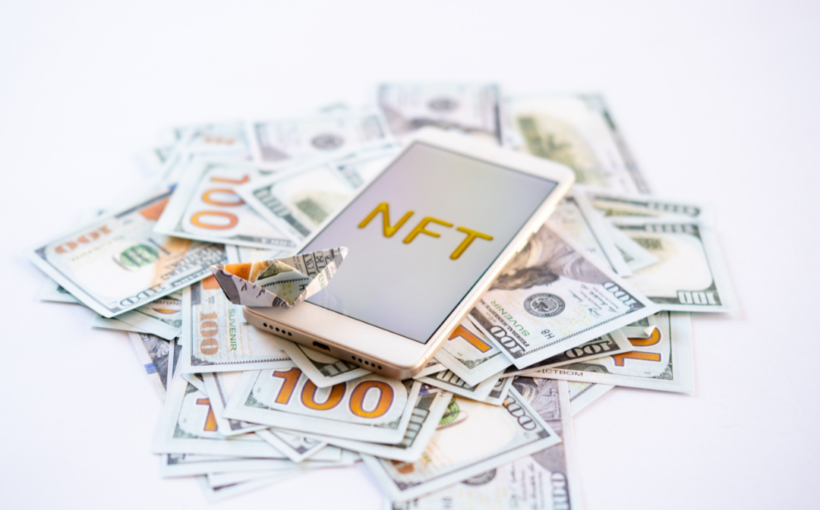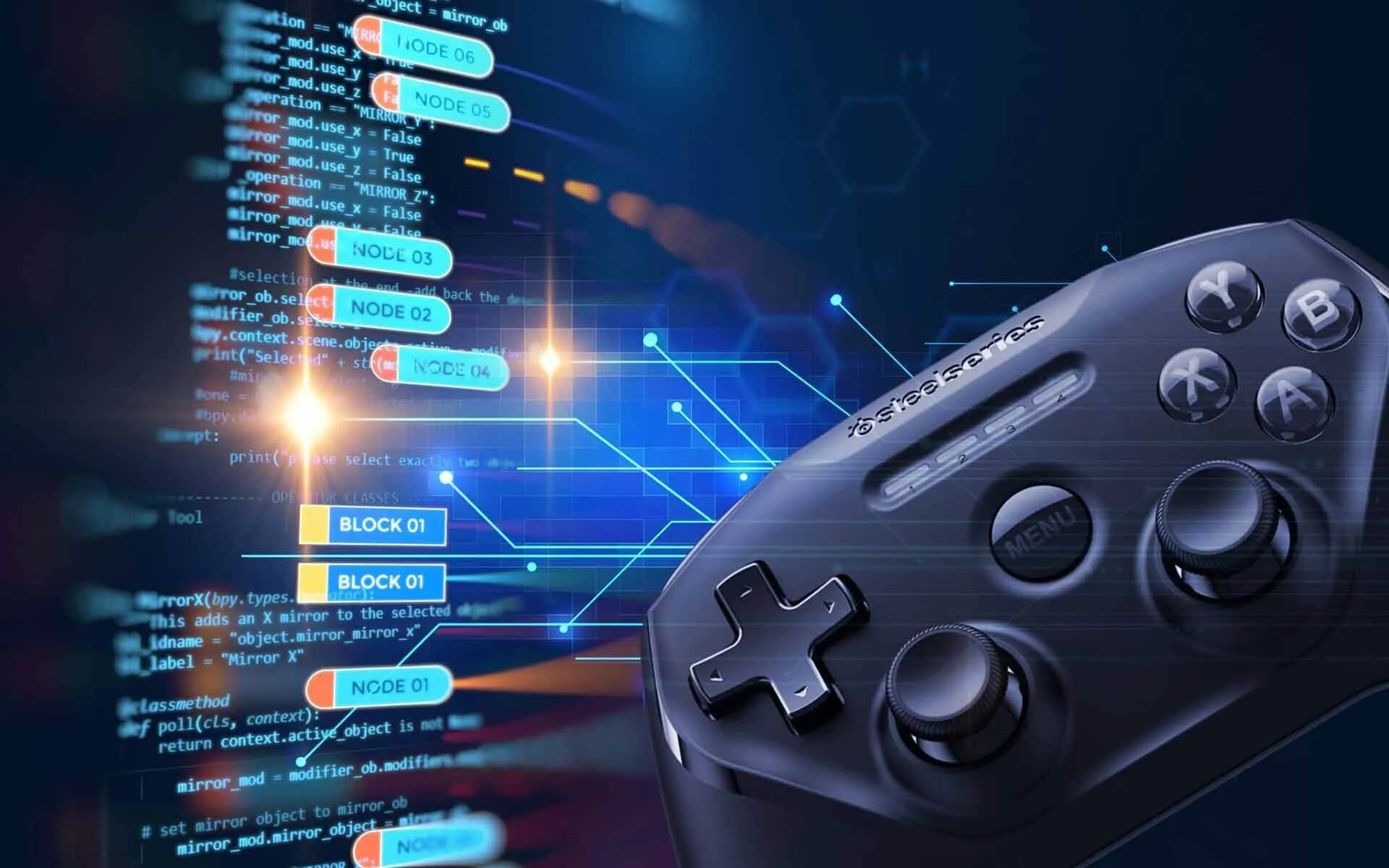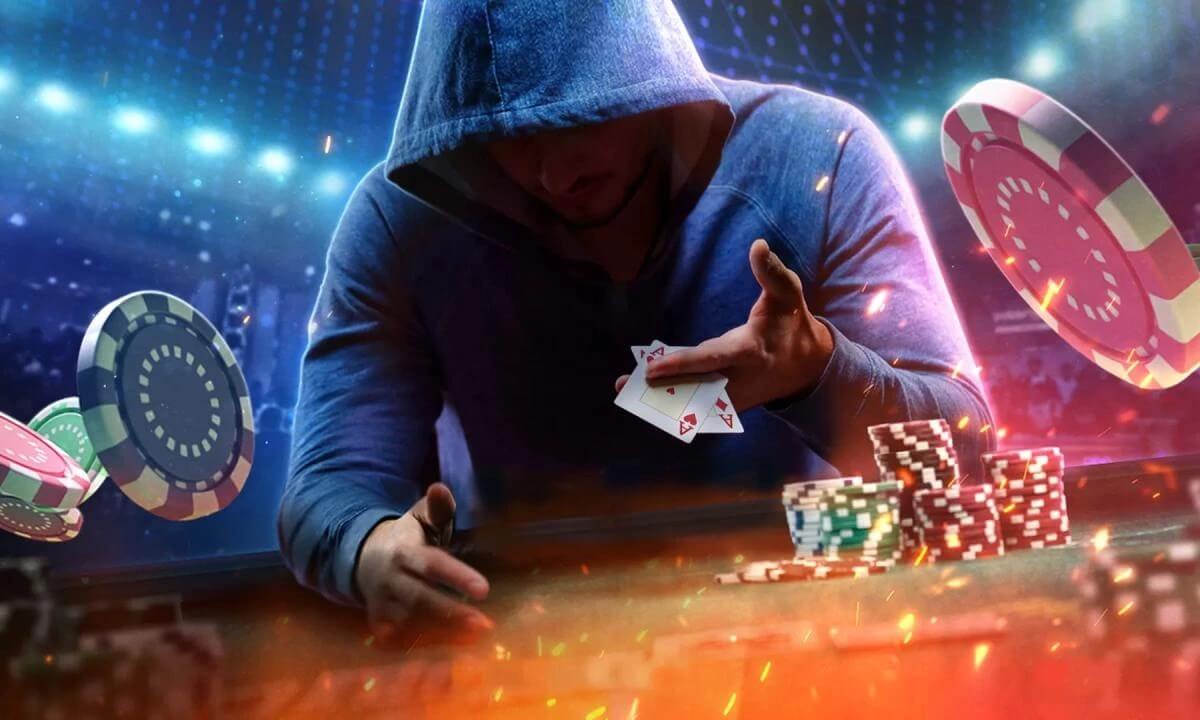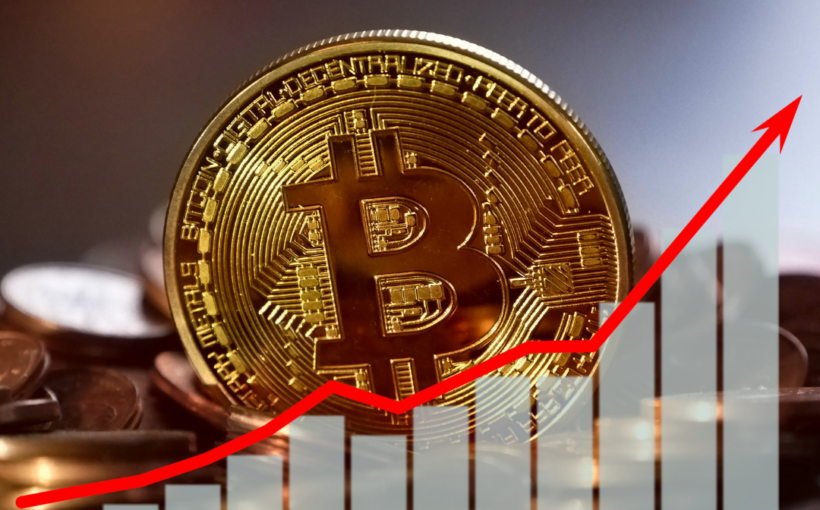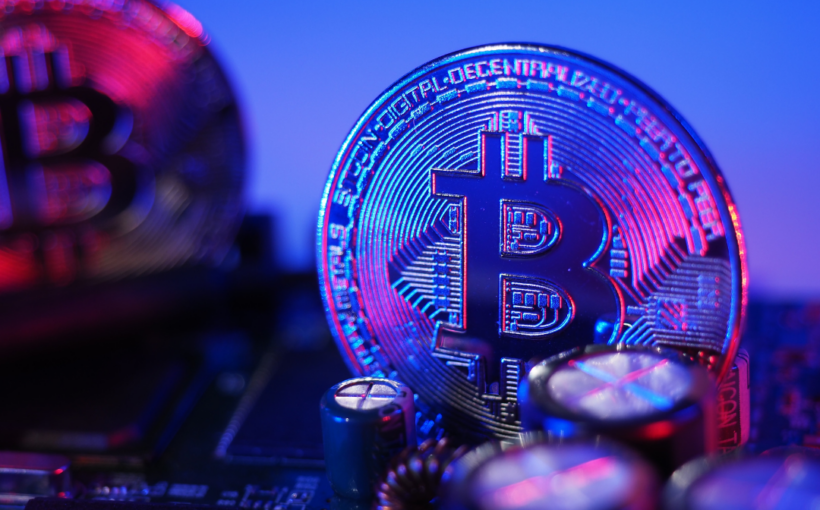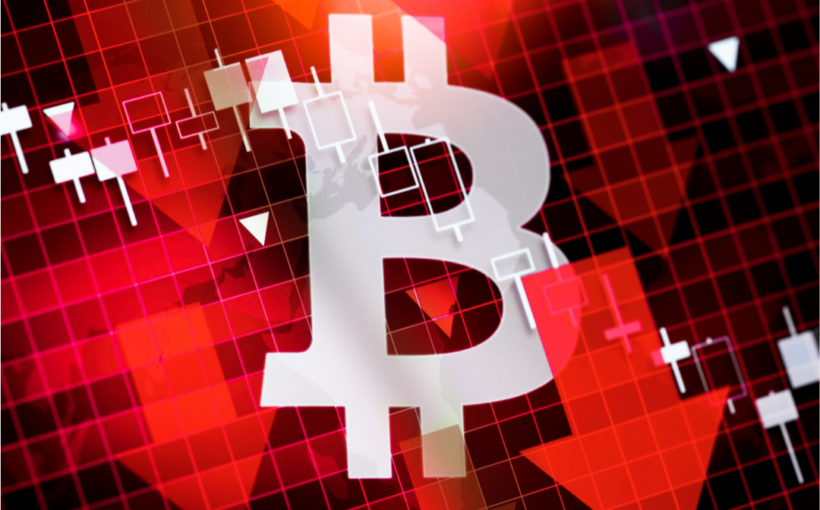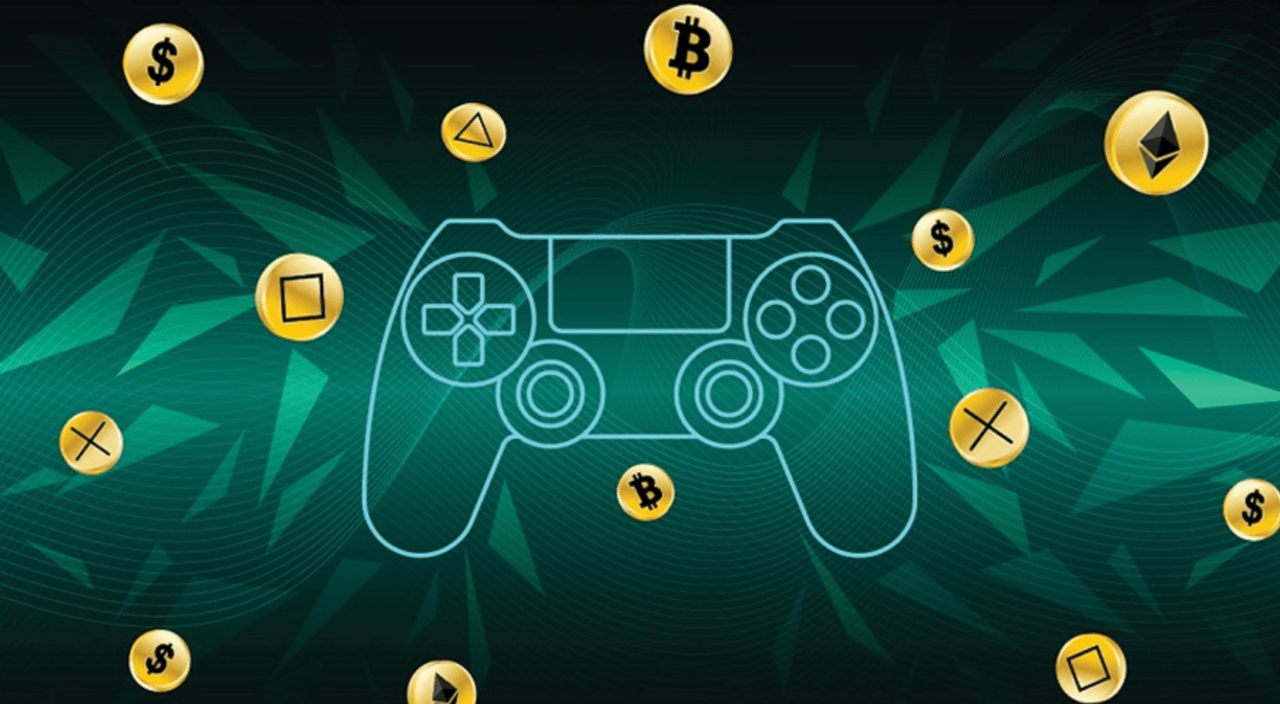Introduction: The New Frontier of Gaming
The gaming industry has always been at the cutting edge of innovation — from early arcade machines to immersive virtual worlds. Today, a new revolution is reshaping how we play, trade, and own in-game assets: NFT games. Powered by blockchain technology, these games are redefining digital ownership, creating real-world value from virtual achievements, and changing the very concept of what it means to play.
What Are NFT Games?
NFT (Non-Fungible Token) games combine gaming with blockchain to give players true ownership of their digital assets. Unlike traditional games, where your characters, skins, or items belong to the game developer, NFTs make these items player-owned. Each in-game item — from weapons to avatars — can be represented as a unique token on a blockchain.
That means if you earn a sword, skin, or creature, it’s yours — not the developer’s. You can trade it, sell it, or use it in other compatible games, creating an entirely new play-to-earn economy.
How Blockchain Powers NFT Gaming
Blockchain is the underlying technology that makes NFT gaming possible. It serves as a transparent, decentralized ledger, keeping track of all digital assets and transactions. Here’s how it works:
- Ownership: Every NFT is stored on the blockchain, proving who owns it. No developer can delete or modify it.
- Transparency: Players can view every transaction — from asset creation to resale — ensuring fairness and trust.
- Security: Blockchain encryption prevents duplication or fraud, ensuring that each digital item is truly unique.
- Interoperability: Assets can be transferred between games or platforms built on the same blockchain ecosystem.
Together, these features allow for a gaming environment that is open, secure, and user-driven — a stark contrast to the centralized systems of traditional gaming.
The Rise of the Play-to-Earn Model
One of the most talked-about innovations in blockchain gaming is the Play-to-Earn (P2E) model. This approach rewards players for their time and effort with tokens or tradable assets that can hold real-world value.
In traditional games, players invest hours earning virtual gold or rare items — only for them to exist within a closed system. In contrast, P2E games let players convert their in-game success into tangible rewards, often in the form of cryptocurrencies or NFTs that can be sold on open markets.
For example:
- Axie Infinity, one of the most popular NFT games, allows players to breed, trade, and battle digital creatures called Axies — some selling for thousands of dollars.
- The Sandbox enables players to create and monetize virtual worlds, earning income through land ownership and creative design.
Key Benefits of NFT Gaming
1. True Digital Ownership
Players truly own their in-game assets. Whether it’s a weapon, skin, or character, blockchain ensures it belongs to the player, not the game studio.
2. Economic Empowerment
NFT gaming opens up new income opportunities. Players in developing countries, for instance, have earned significant income through P2E ecosystems.
3. Transparency and Security
Blockchain provides a tamper-proof record of every transaction, reducing scams and fraud that often plague online gaming.
4. Interoperability
NFT assets can be used across multiple games or virtual worlds, allowing for broader creative and economic possibilities.
5. Community-Driven Ecosystems
Since many NFT games are decentralized, communities often influence game updates, tokenomics, and governance decisions through voting mechanisms.
Popular NFT Games and Platforms
1. Axie Infinity
A pioneer in the P2E movement, Axie Infinity lets players breed, battle, and trade NFT creatures. Its ecosystem includes a vibrant marketplace and its own cryptocurrency, Smooth Love Potion (SLP).

2. Decentraland
A virtual world where players can buy, sell, and build on virtual land using NFTs. Major brands and artists have hosted events in this metaverse, blending entertainment and commerce.
3. The Sandbox
This game allows users to build and monetize experiences using blockchain-based land and assets, promoting creativity and collaboration.
4. Gods Unchained
A trading card game where every card is a verifiable NFT, giving players the ability to trade freely on the blockchain marketplace.
Risks, Challenges, and Controversies
Despite its promise, NFT gaming is not without challenges.
- Market Volatility: The value of NFTs and in-game tokens can fluctuate dramatically, making investments risky.
- Scams and Fake Projects: Not all NFT games are legitimate. Some projects disappear after raising funds, leaving players empty-handed.
- Environmental Concerns: Some blockchains, particularly those using proof-of-work mechanisms, consume high energy, raising sustainability concerns.
- Regulatory Uncertainty: Laws governing crypto assets vary by country, and future regulations could impact how NFT games operate.
Responsible participation — including due diligence and risk awareness — is crucial in this evolving space.
The Future of NFT Gaming: Beyond Play-to-Earn
The next phase of NFT gaming could merge with the metaverse, where virtual economies thrive and digital identities flourish. As technology advances, we may see:
- Cross-Platform Asset Integration: Seamless transfer of items between games and worlds.
- Enhanced Player Governance: Gamers directly influencing rules, updates, and ecosystems via decentralized voting.
- AI-Driven Economies: Intelligent systems managing in-game economies for sustainability and fairness.
NFT games are more than a trend — they’re laying the foundation for a decentralized gaming future, where creativity, ownership, and community are the driving forces.
Conclusion: A New Era for Players and Developers
NFT games represent a paradigm shift. They transform players into stakeholders and virtual achievements into real assets. While the market still faces hurdles, the core idea — empowering players through true ownership and blockchain transparency — is already reshaping how the world views gaming.
As technology evolves, the line between virtual and real economies will continue to blur, ushering in a new era where gaming is not just entertainment — but an ecosystem of opportunity.
FAQS
NFT games are video games that use blockchain technology to give players true ownership of digital assets. Each in-game item, such as a weapon or character, exists as a unique NFT that players can trade or sell, creating real-world value from gameplay.
In play-to-earn games, players earn cryptocurrency or NFTs as rewards for completing in-game activities. These rewards can be traded or sold, enabling players to generate real income through their gaming achievements and participation.
Yes, NFT games are legal in most countries, though regulations around cryptocurrencies and digital assets vary. Players should always check local laws and ensure the games they play operate under transparent and legitimate blockchain frameworks.
Risks include market volatility, scams, and the environmental impact of some blockchains. Players may also face financial losses if the game’s tokens or assets lose value. Research and cautious investment are key to safe participation.


